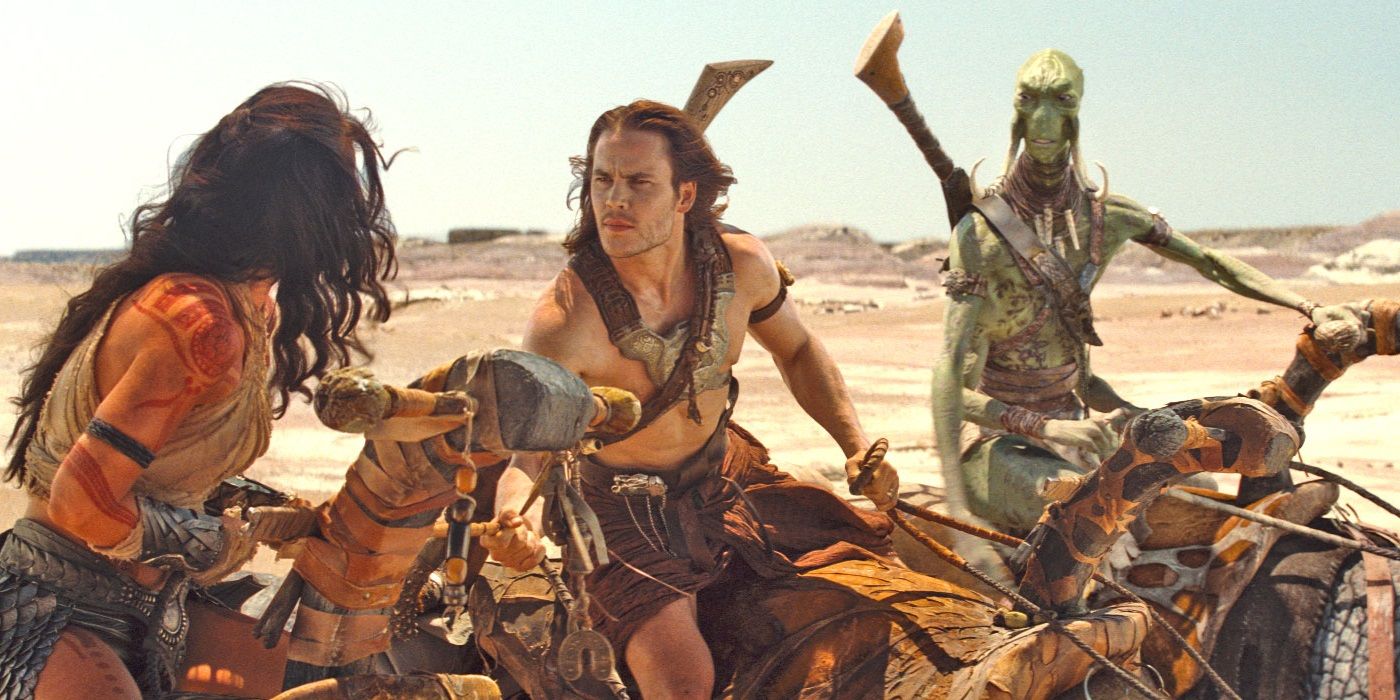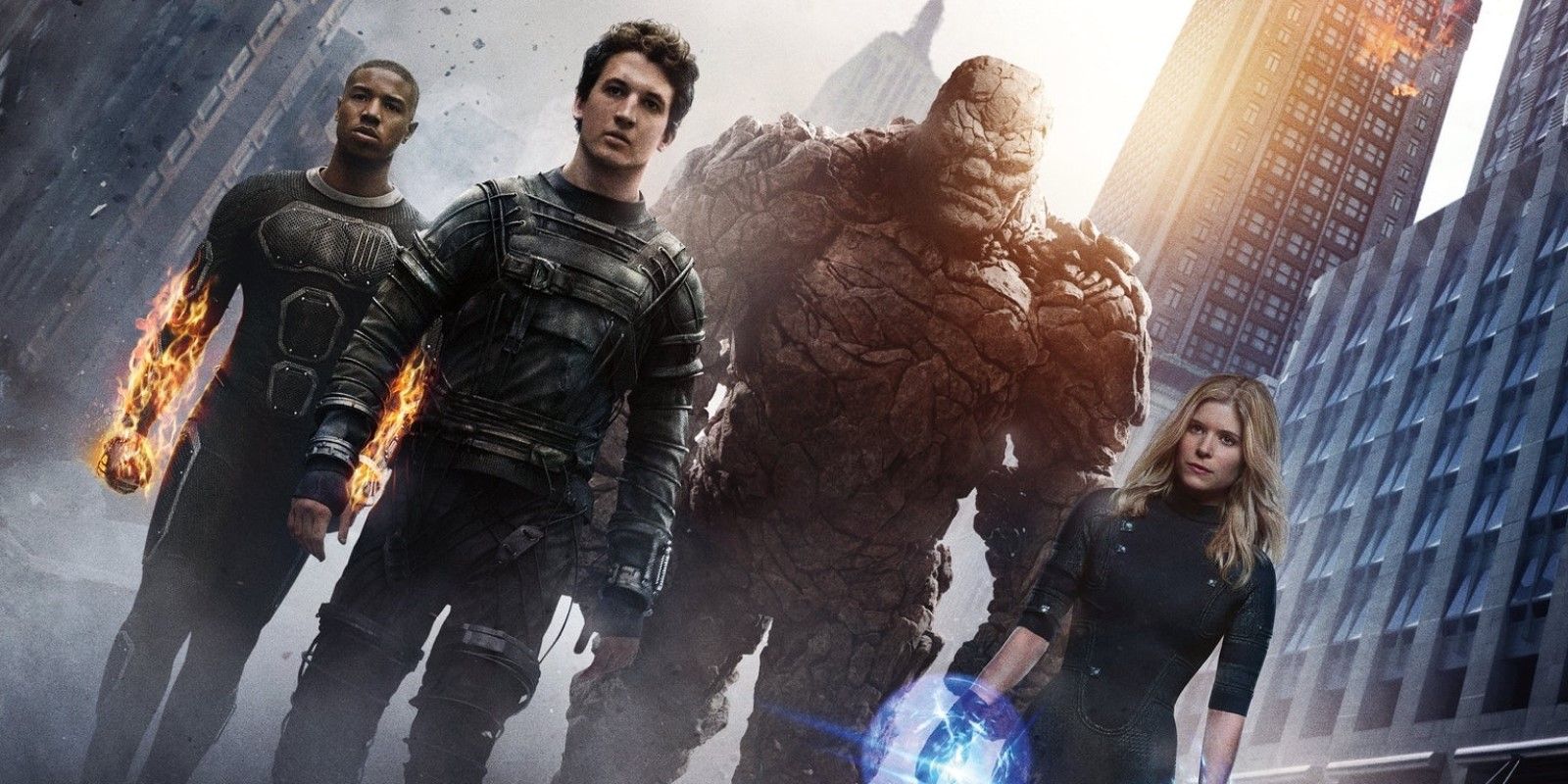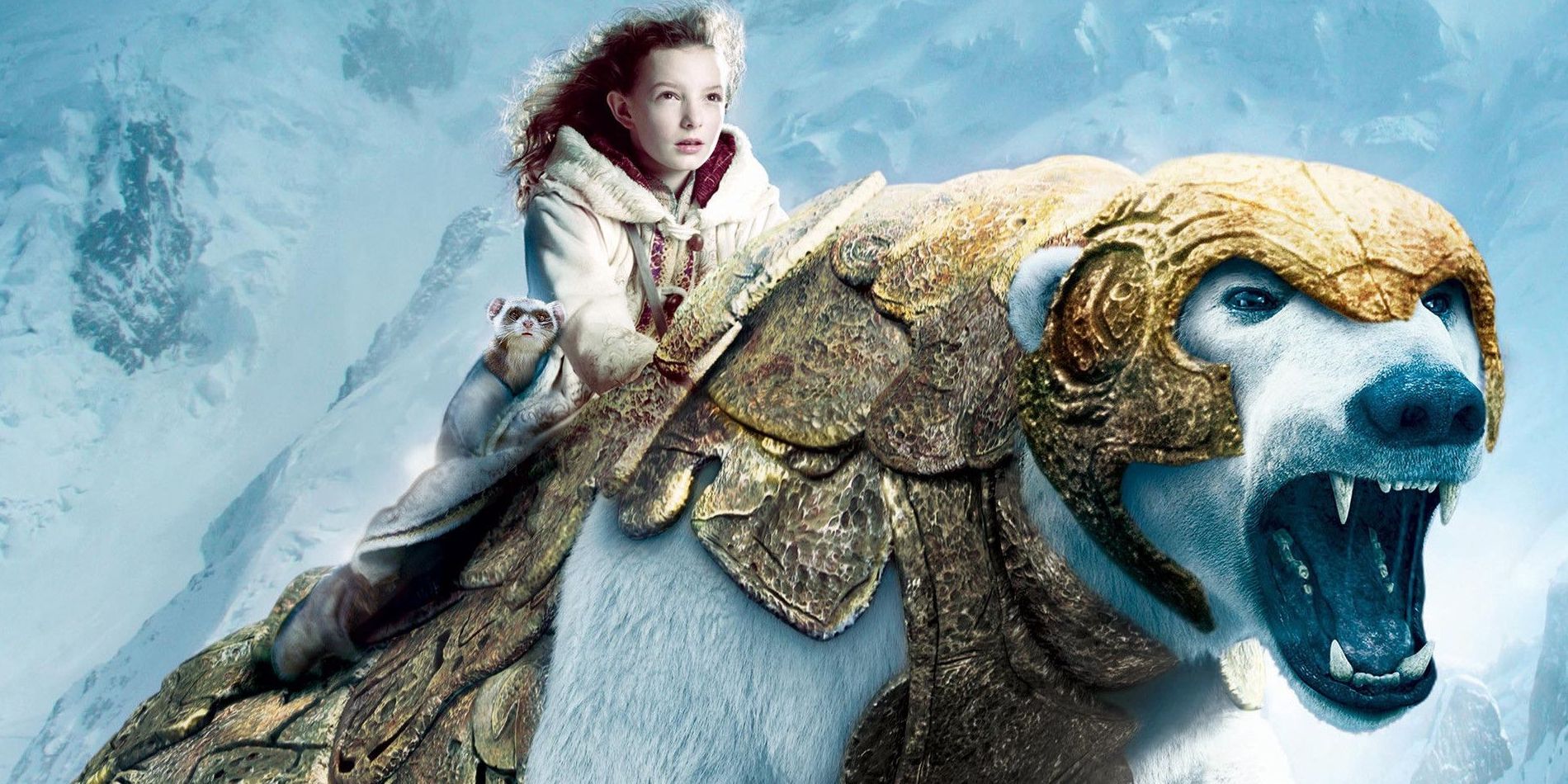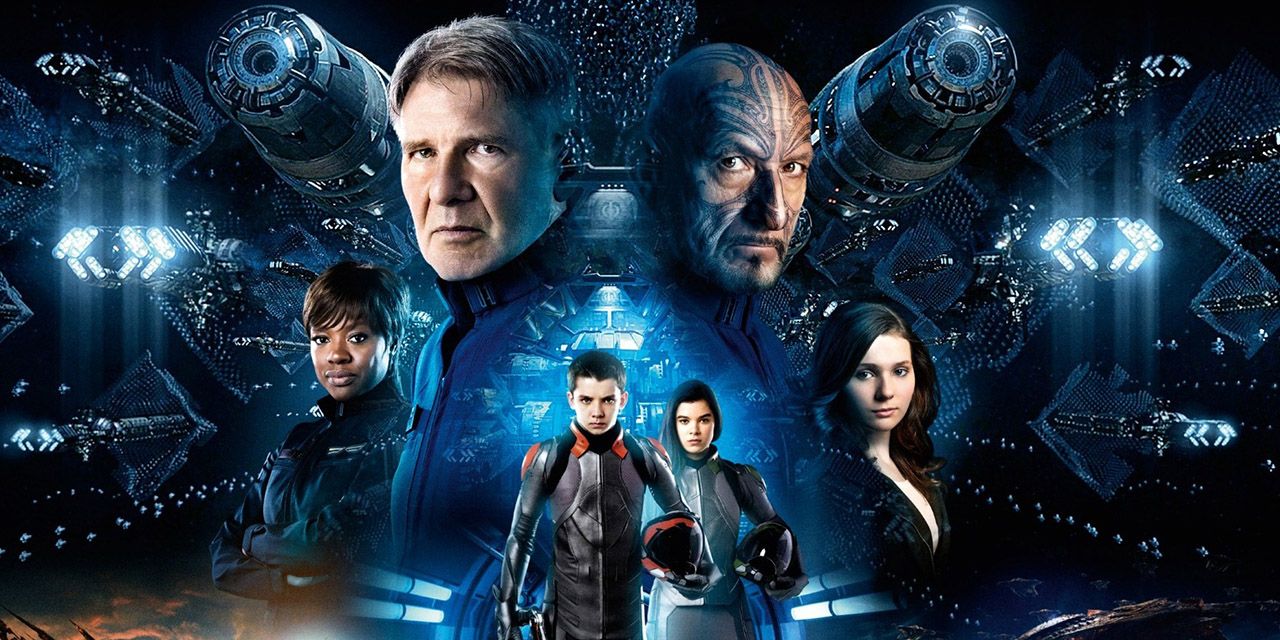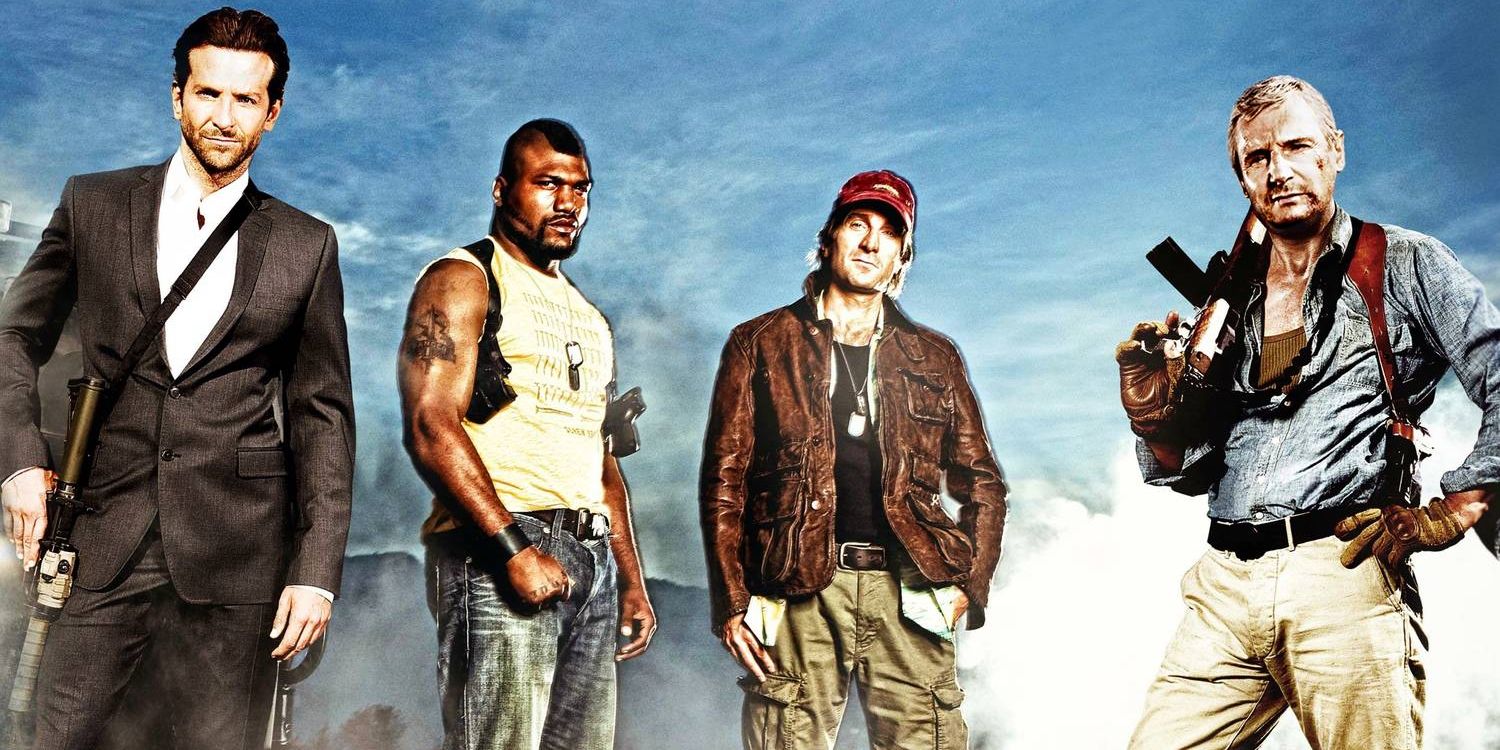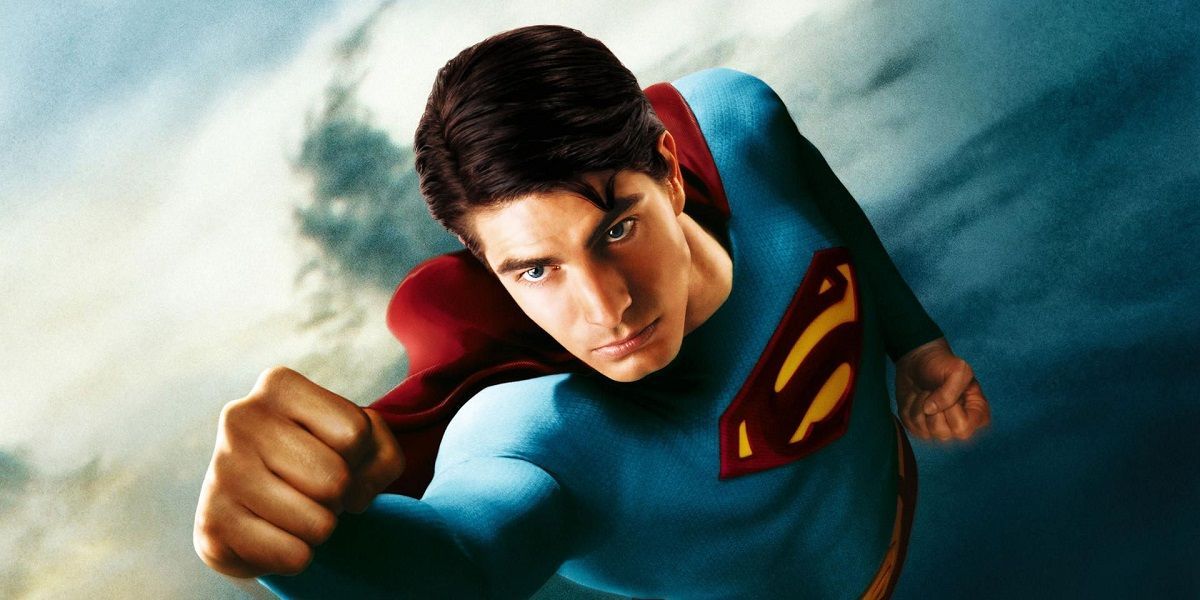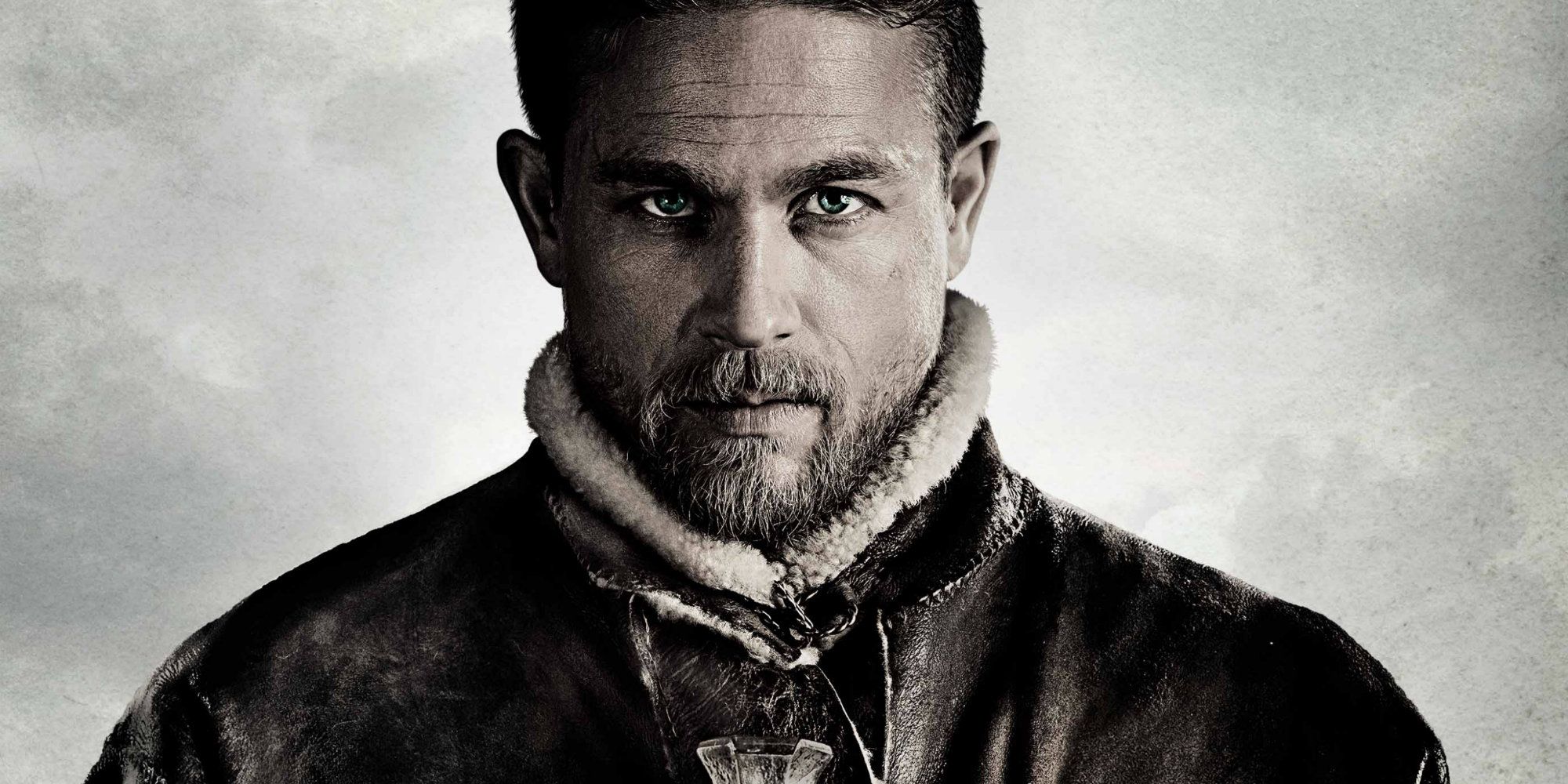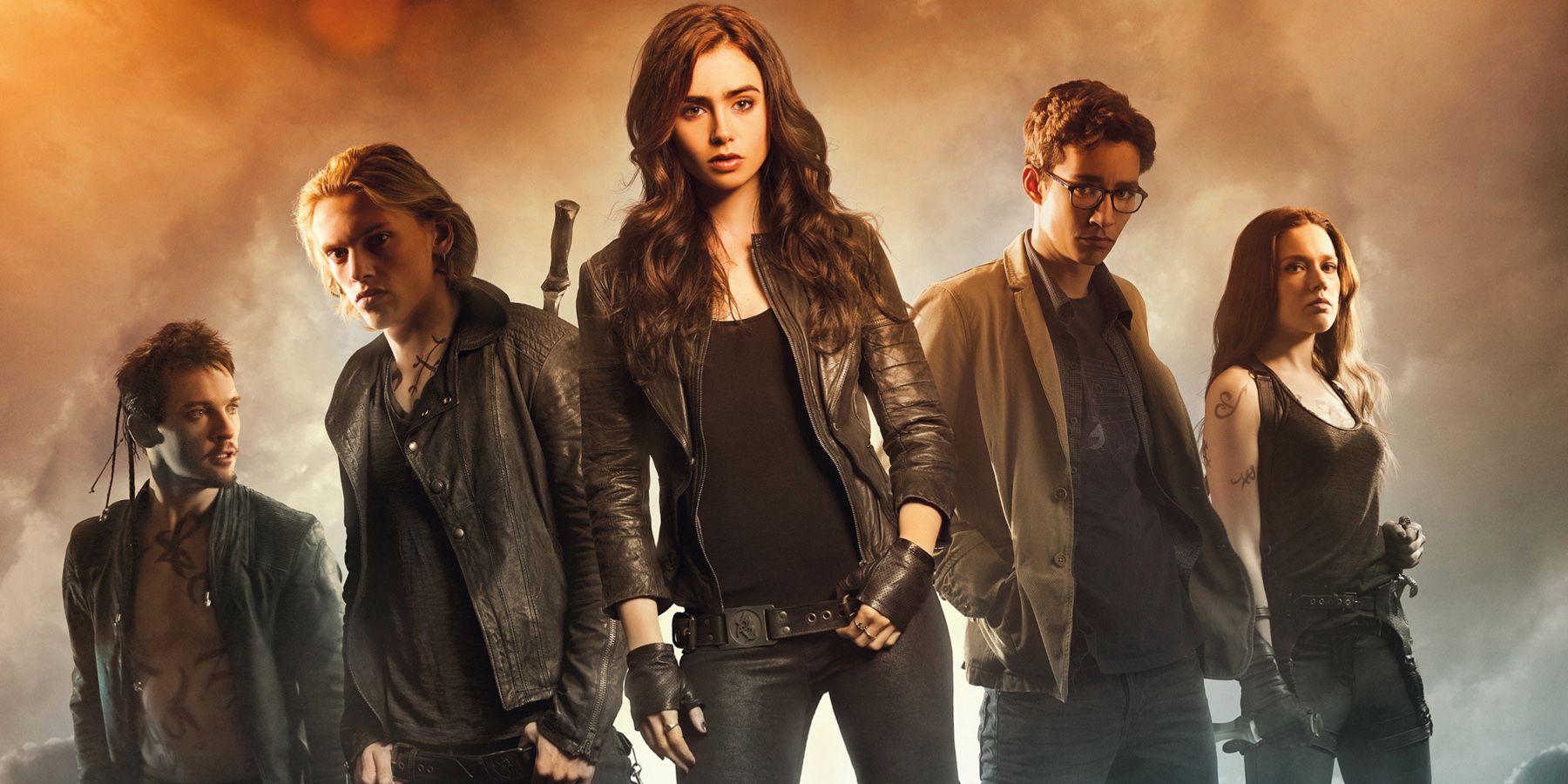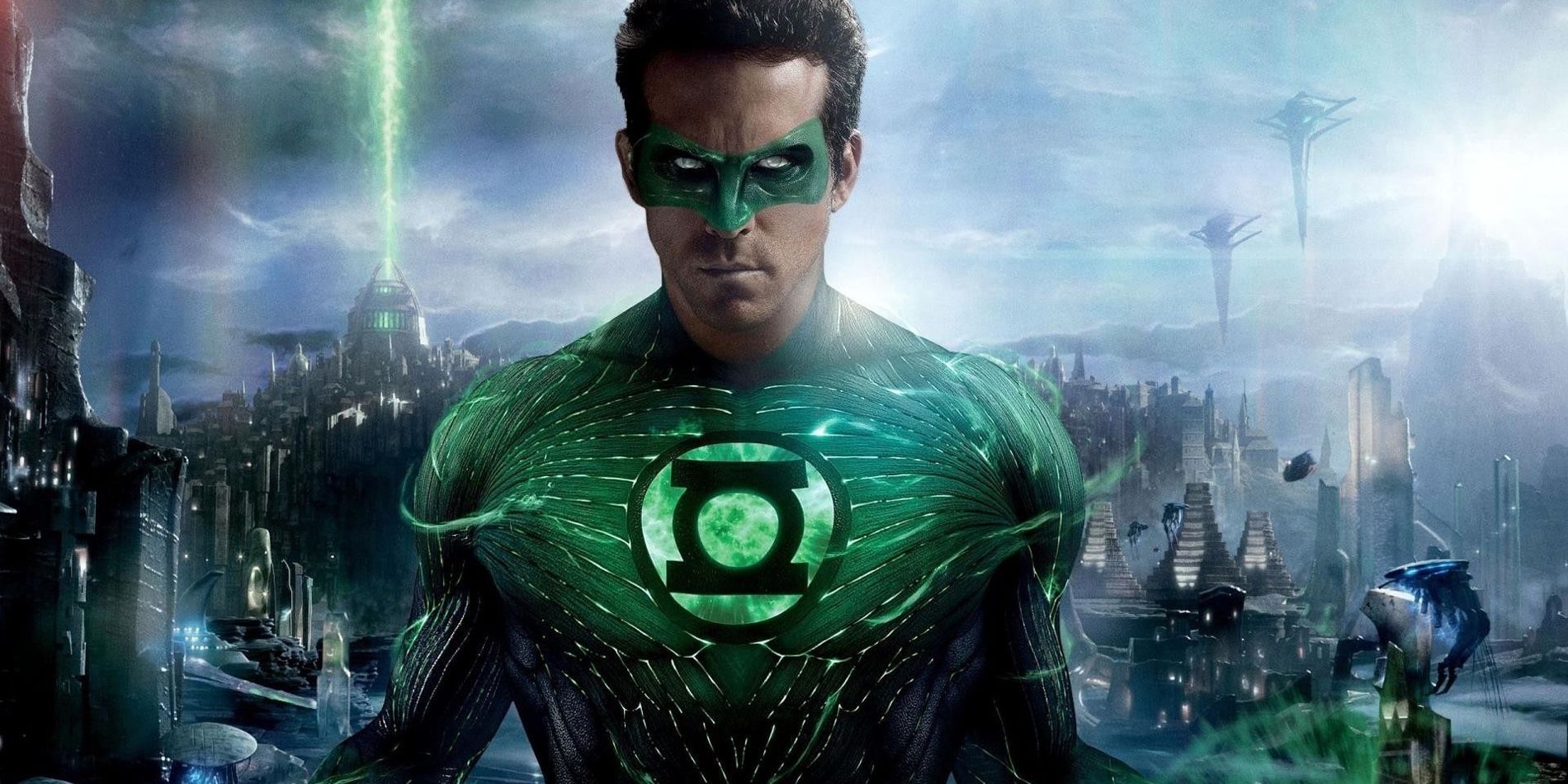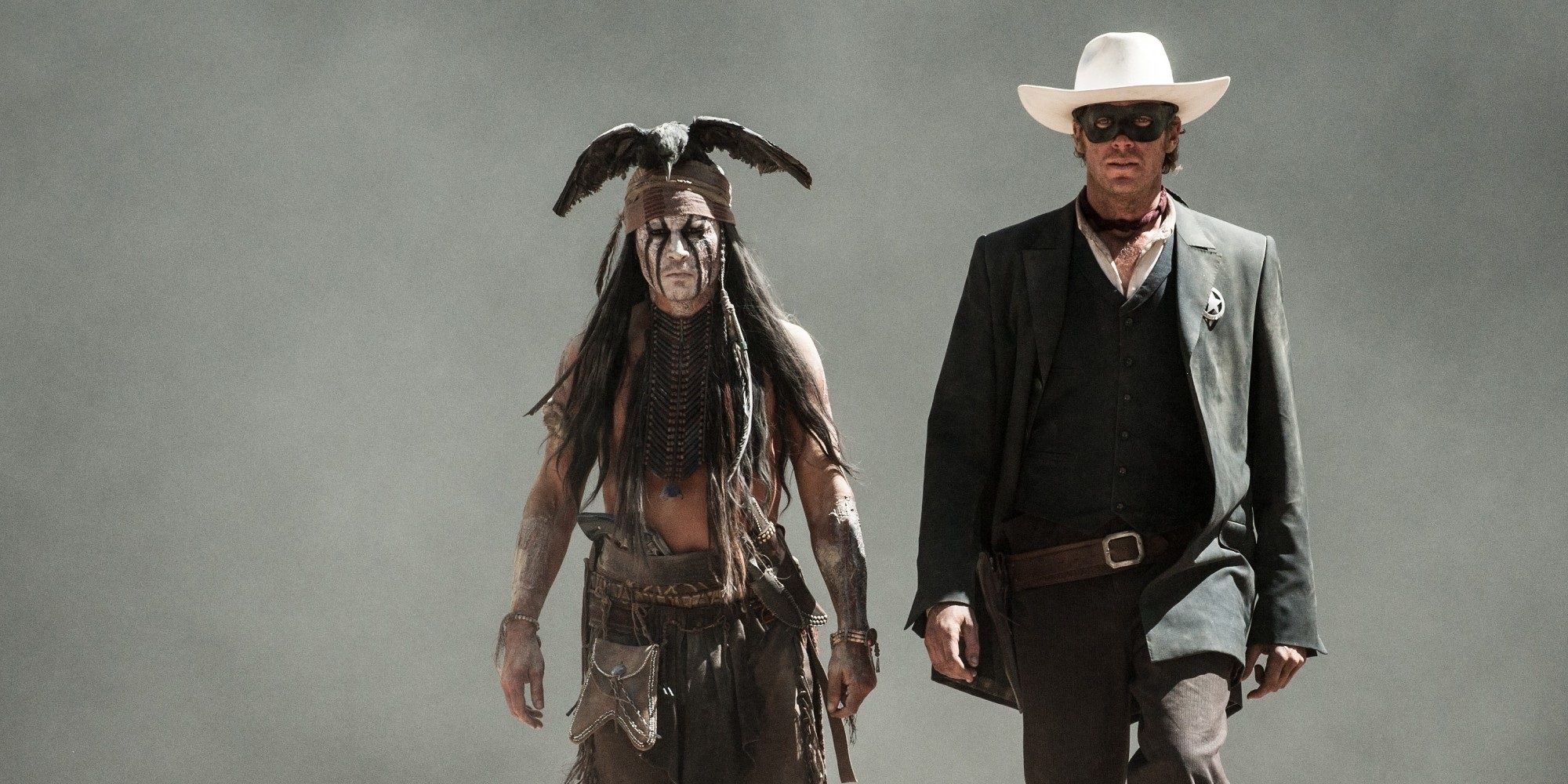In today’s cinematic landscape, franchises rule with an iron fist. Original stories will be blown straight out of the water if they happen to release on the same weekend as a Marvel movie or a Star Wars movie or one of the parts of a multi-part adaptation of a single installment in a series of YA novels.
But it doesn’t always pan out. Sometimes, a Hollywood studio will conceive a movie as the first in a long-running franchise, and put a lot of their eggs in that basket as they map out a bunch of sequels, and then it will crash and burn at the box office. So, here are 10 Box Office Bombs That Were Supposed To Start A Franchise.
John Carter (2012)
Until Matt Damon came along with an inspiring story of survival, Mars was considered to be box office poison. Ghosts of Mars, Mission to Mars, The Last Days on Mars, Red Planet, Mars Needs Moms – the number of Mars-related box office failures is pretty absurd. John Carter, a big-budget film adaptation of Edgar Rice Burroughs’ Barsoom novels, had long been a passion project for Andrew Stanton.
Stanton is mostly known for directing animated gems like Finding Nemo and WALL-E for Pixar. The film had a gross budget of $306.6 million and a net budget of $263.7 million (the difference is that a net total factors in tax-related deductions), and only made $284.1 million at the box office.
Fant4stic (2015)
When 20th Century Fox was coming up to the deadline where it would lose the rights to the Fantastic Four characters to Marvel, executives rushed a reboot into production. They hired Josh Trank based on his unique vision, which was essentially a body horror movie with a dark, brooding, Nolan-esque tone. Midway through production, Fox execs got cold feet about the outlandish creative route that Trank was taking and did a lot of reshoots. This made the movie so absurdly disjointed that Kate Mara intermittently wears a wig in certain scenes. Mad that the studio interfered with his vision, Trank badmouthed the film on Twitter, ruining its chances of box office glory.
On a budget of $155 million, the awkwardly named Fant4stic grossed $167.9 million. A couple of years later, Disney bought Fox, and the rights went back to Marvel anyway. This whole travesty could’ve been avoided.
The Golden Compass (2007)
Intended to launch a film trilogy based on Philip Pullman’s His Dark Materials novels, Chris Weitz’s The Golden Compass hit theaters in 2007. It wasn’t a total bomb, as it did good business at the international box office. The problem with this was that New Line Cinema had sold the overseas rights to the film in order to cover the $180 million production costs.
So, for the studio to turn a profit, they needed it to be a hit in America, and that’s one of the only countries where it wasn’t a hit, ironically. His Dark Materials got another adaptation recently in the form of a TV series that premiered on BBC One and HBO a couple of months ago and has already been renewed for a second season.
Ender’s Game (2013)
With its tale of a prodigious young boy who is sent to a military academy beyond the stars to train in the art of fighting aliens, Ender’s Game was poised to be “Harry Potter in space.” However, Asa Butterfield didn’t capture audiences quite like Daniel Radcliffe did, and the movie only grossed a global total of $125.5 million on a budget of around $110-115 million.
The movie was based on the sci-fi novel of the same name by Orson Scott Card, and the plan was to adapt the rest of Card’s novels as sequels to this film. But obviously, that never happened. Somehow, Harrison Ford and Ben Kingsley got roped in.
The A-Team (2010)
Back in the summer of 2010, 20th Century Fox hoped to start a franchise with a big-budget movie adaptation of The A-Team. Such an adaptation had been in and out of development since the ‘90s, and unfortunately, when it finally made it to the screen, very few moviegoers turned out. It made $177.2 million on a $110 million budget.
Initially, there had been plans for a sequel, but in 2013, after several rumors, director Joe Carnahan tweeted: “For the record guys and as much as I appreciate all the A-TEAM love. There will NOT be a sequel. It didn’t make enough $$$ and that’s that.”
Superman Returns (2006)
With a worldwide gross of $391.1 million on a budget of just over $200 million with tax deductions, it wouldn’t seem like Superman Returns was a box office bomb. Director Bryan Singer felt the same way, saying, “That movie made $400 million! I don’t know what constitutes underperforming these days.”
Still, with marketing figures taken into account, the studio couldn’t justify a sequel, so the follow-up, planned to include Brainiac and Bizarro, was canned. The movie did get a sorta sequel in The CW’s Arrowverse when Brandon Routh was recruited to reprise his role as Superman in a crossover event titled “Crisis on Infinite Earths.”
King Arthur: Legend of the Sword (2017)
Released in 3D long after 3D went out of style, King Arthur: Legend of the Sword was intended to be the first chapter in a planned six-part King Arthur saga. That’s as ambitious as the entire Star Wars saga, pre-Disney beating it to death. It was directed by Guy Ritchie during his blockbuster phase and starred Sons of Anarchy’s Charlie Hunnam in the title role.
Without factoring in the marketing budget, it cost $175 million to produce and grossed $148.7 million at the global box office. All in all, it lost Warner Bros. and Village Roadshow Pictures over $150 million.
The Mortal Instruments: City of Bones (2013)
Grossing $95.3 million against a $60 million budget, The Mortal Instruments: City of Bones, based on Cassandra Clare’s bestselling series of books, wasn’t as devastating a box office bomb as some of the other entries on this list, but it still failed to earn enough money to launch the franchise it was hoping to.
After the failure of City of Bones, the studio announced that it still intended to charge ahead with a sequel. However, executives eventually came to their senses and called it off. They still intend to use the rights to the novels, but they’re trying it as a TV series this time.
Green Lantern (2011)
Due to terrible reviews and a tiresome overuse of CGI, Green Lantern failed to launch at the box office. It barely recuperated its $200 million budget with a worldwide box office gross of $219.9 million. Since Warner Bros. had spent a ton of money to market the film on top of that, the sequel was removed from the development slate and everyone got on with their lives.
The film’s star, Ryan Reynolds, has since disavowed it, taking every opportunity he can in the Deadpool films to make fun of Green Lantern. In Deadpool 2, he even went back in time to shoot himself in the head before he signed on to play Hal Jordan.
The Lone Ranger (2013)
This mega-budget reboot of The Lone Ranger was supposed to be Disney’s next big franchise. Despite the involvement of the Mouse House’s Pirates of the Caribbean dream team – consisting of director Gore Verbinski, producer Jerry Bruckheimer, and of course, star Johnny Depp, who controversially played the Native American role of Tonto – the movie failed miserably at the box office.
This resulted from a combination of abysmal reviews and the western genre’s lack of mainstream appeal. The film cost somewhere between $225 million and $250 million to produce, and a further $150 million to promote, and it only garnered a paltry $260.5 million at the worldwide box office. Suffice to say, a sequel never happened.


